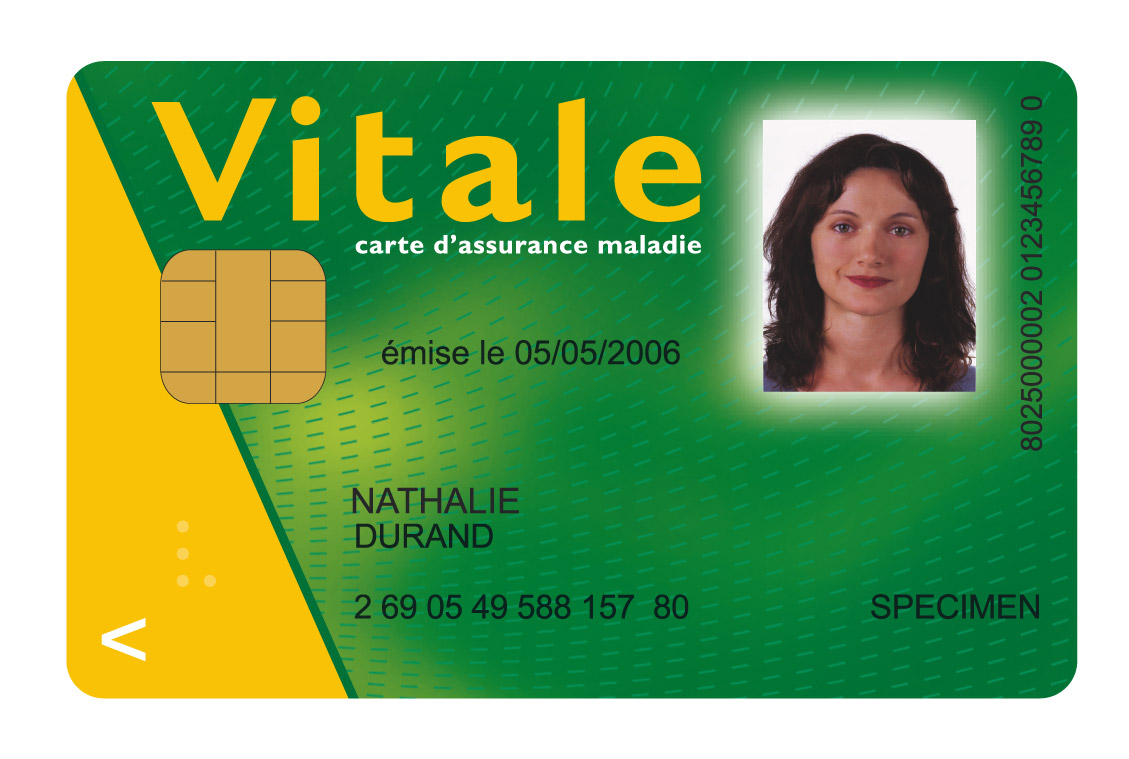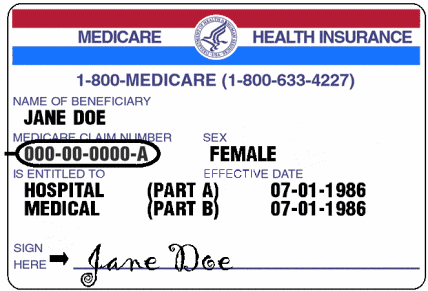
In just two short weeks the online exchanges or health insurance marketplaces will open and millions of people will have the opportunity to begin shopping for various health insurance plans. Coverage won’t begin until January 1, 2014, but it is super important to know what you are getting into before choosing a plan.
The online exchanges are intended for small business owners and people who don’t receive health insurance through their job. If you are unsatisfied with your employer’s health insurance, you probably won’t be able to get a different plan through an exchange unless it costs you more than 9.5 percent of your income or if it doesn’t cover the required essential health benefits.
The first thing to consider when shopping for a plan is that all health insurance plans in the exchanges will be categorized into four tiers: bronze, silver, gold and platinum. Although all plans are required to cover essential health benefits, they differ in how you pay for them. The bronze plans have the lowest premiums but the highest out-of-pocket costs whereas the platinum plans are the opposite with the highest premiums and lowest out-of-pocket costs. In the bronze plans, the individual is expected to pay about 40% of health service costs with each tiered plan covering about 10% more ( so, silver: 30%; gold: 20%; platinum: 10%). The idea behind this is that if you are a generally healthy person who rarely needs more than preventative care, a bronze plan may work best for you. If you are someone who gets sick a lot and seems to need a lot of health services, a platinum plan may work best for you.
It may be easy to choose between a bronze and platinum plan, but maybe not between bronze and silver or silver and gold. One consideration is that the out-of-pocket costs for the bronze plans will be capped at $6,350. If you think the bronze plan monthly premiums are still too expensive for you, you may be able to apply for a Catastrophic Health Plan if you are under 30 or get a “hardship exemption.” In this type of plan, your monthly premium will be a lot lower but you’re only covered for 3 yearly primary care visits. If you’re have a medal plan however, you may be able to add benefits to your coverage.
Another huge consideration is the subsidies on your premiums for which you may qualify. The Advance Premium Tax Credit will be applied directly to your premiums, so you save immediately. Incomes up to 400 percent of the Federal Poverty Level will qualify for these tax credits with the lowest incomes receiving the largest credit. A general range for individual households receiving credits is an annual income between $11,490 – $45,960. If you want more specifics, you can try out the Kaiser Family Foundation’s Subsidy Calculator until October 1st.
So if you have an idea by now of what plan you’d like to go with, the last thing to do is pick an insurance company. Here is a list of estimated premiums for plans in the Baltimore area (many other states/areas can be found here). Each company will differ in the specifics on how much you pay for certain services. For example, one plan may cover completely your prescription drugs but charge you a little more for dental services. Besides price, you may want to consider how the health insurance company is run. I encourage people to check out the CO-OP insurance plans since they are non-profit and will probably put you, the patient, first.
Still confused? Don’t worry, once the exchanges open, many clinics and online/telephone support services will provide trained “Navigators” who will help you decide which plan is the best for you.











